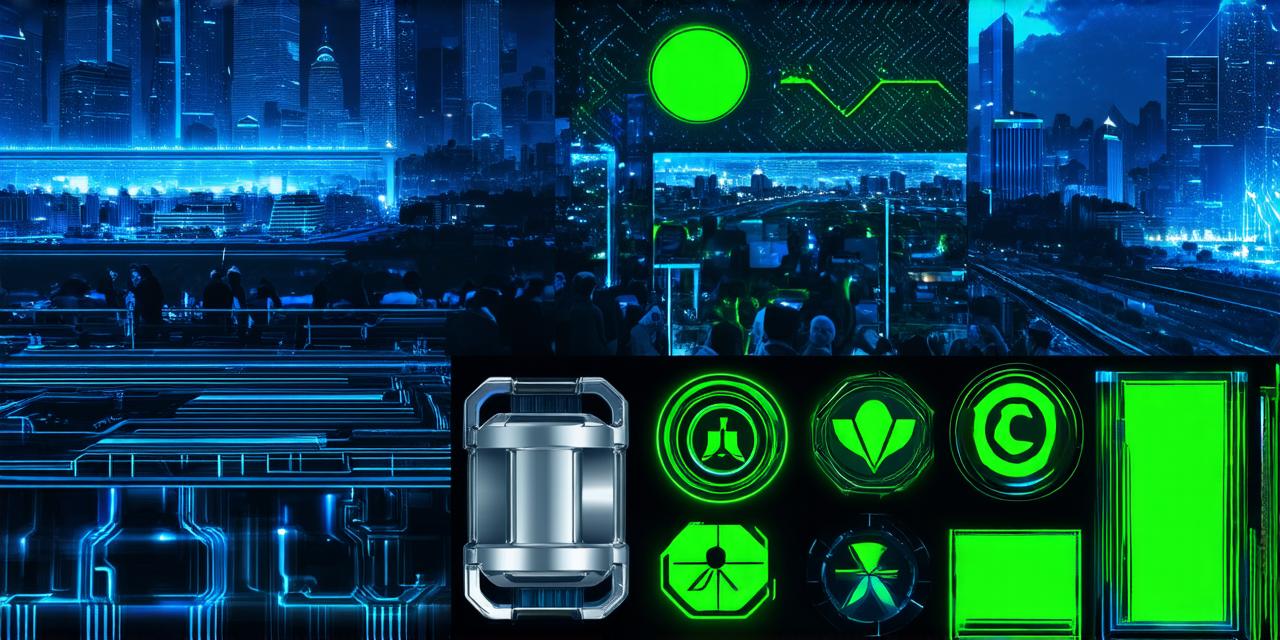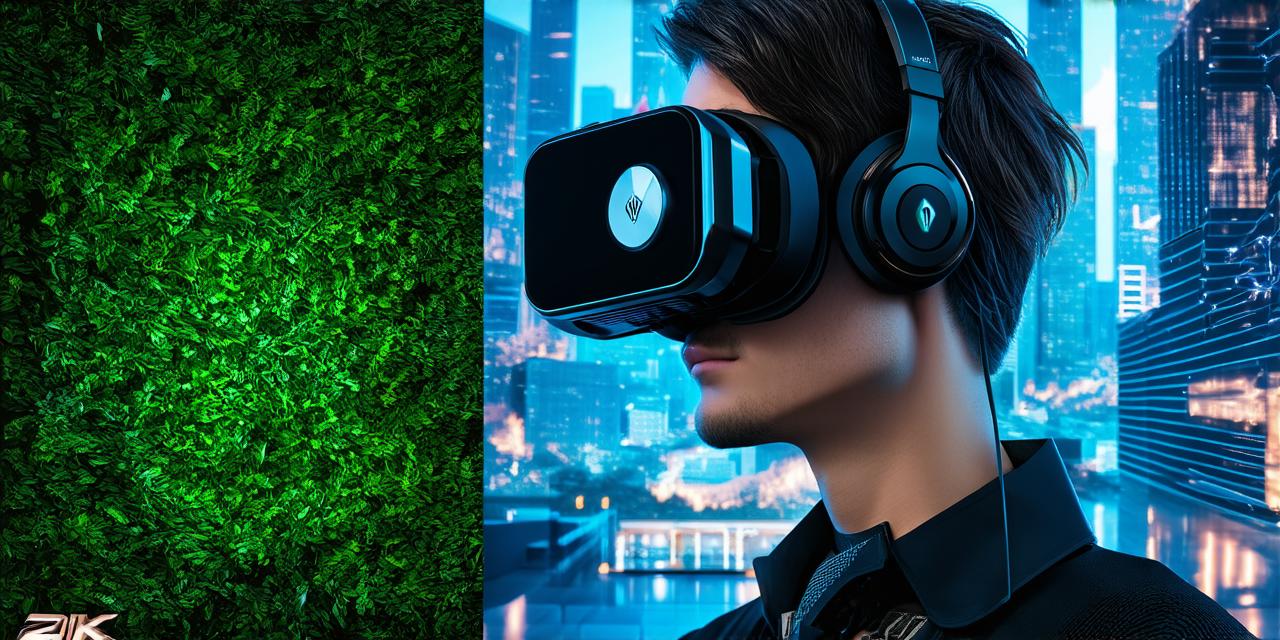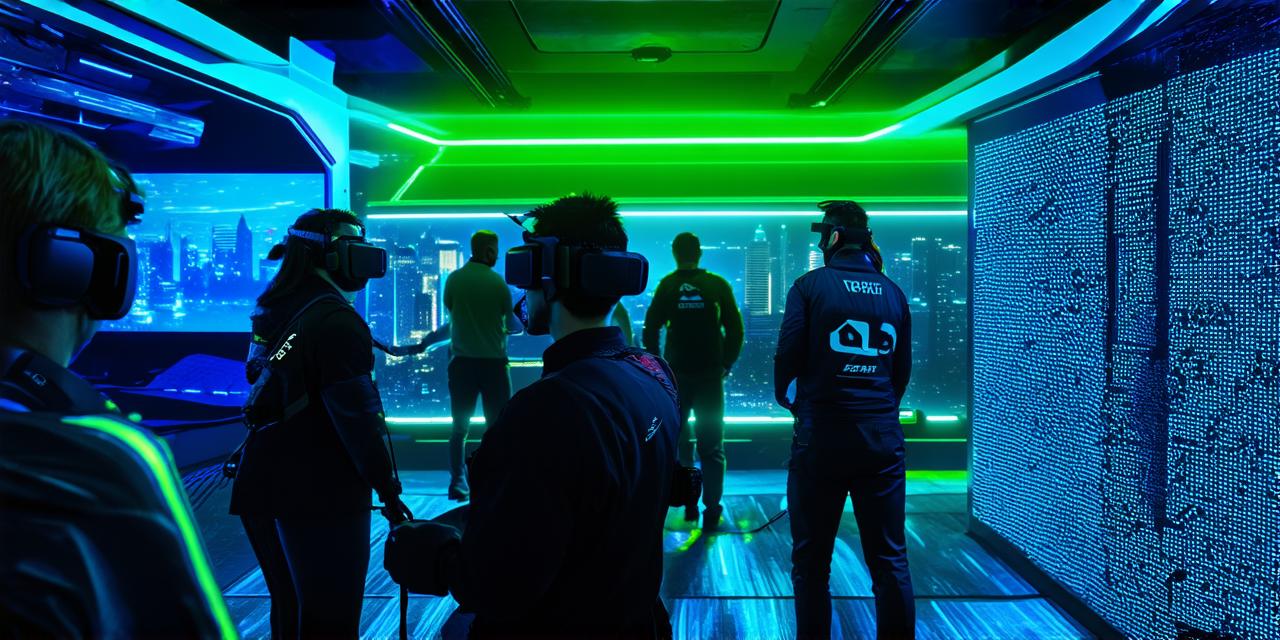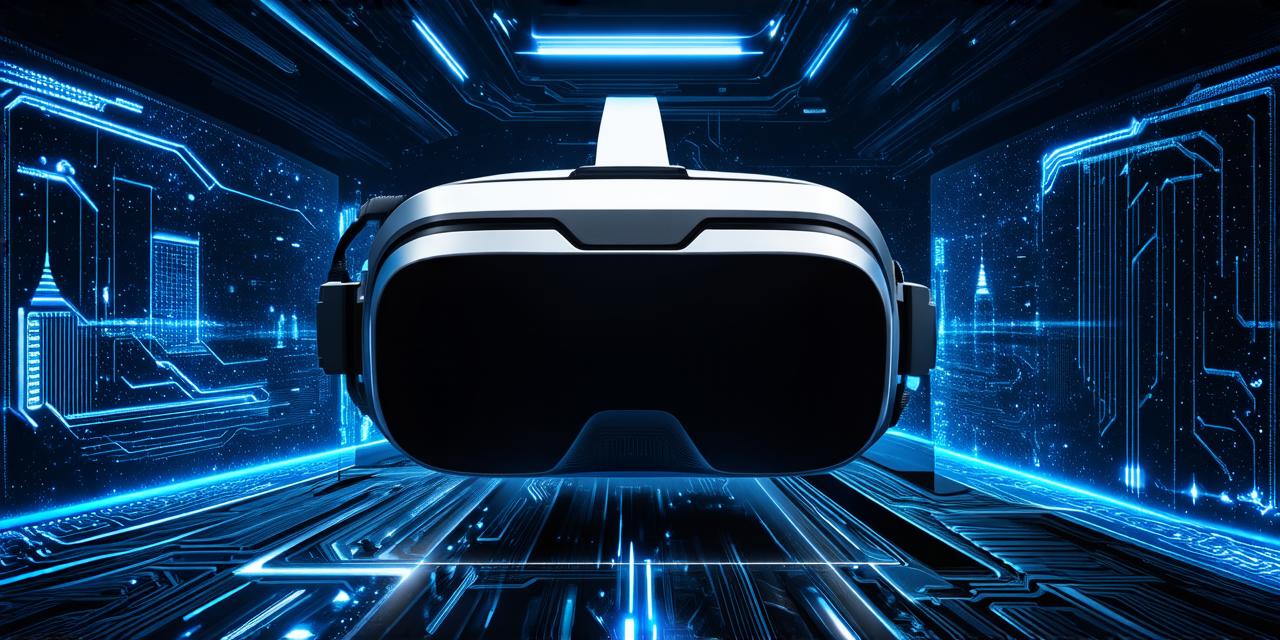Virtual reality (VR) technology continues to evolve at an impressive pace, offering new ways for users to interact with digital content in a realistic and immersive manner.
From gaming to healthcare to education, VR is revolutionizing the way we experience the world around us. In this article, we will explore some of the most popular VR products on the market today and discuss their key features and applications.
Virtual Reality Headsets:
The first and most important component of a VR experience is the headset. There are many different types of VR headsets available on the market, ranging from low-end devices like the Oculus Quest to high-end devices like the HTC Vive Pro Eye.
These headsets use advanced display technologies and sensors to create a realistic and immersive environment for users. Some of the key features of VR headsets include:
- High resolution displays: VR headsets typically have screens with resolutions of at least 2160 x 2160 pixels per eye, providing a crisp and clear image that enhances the overall experience.
- Wide field of view: The field of view (FOV) of a VR headset determines how much of the virtual world users can see at once. Typically, VR headsets have a FOV of around 100-110 degrees, which provides an immersive and realistic experience.
- Advanced tracking systems: VR headsets use advanced sensors to track the movement of the user’s head and adjust the virtual environment accordingly. This ensures that users can move around freely in the virtual world without any lag or disorientation.
- Comfortable design: VR headsets are designed to be comfortable for extended periods of time, with lightweight materials and adjustable settings that allow users to customize their experience.
Virtual Reality Controllers:
Virtual reality controllers are used to interact with virtual objects in a VR environment. These controllers typically have buttons, triggers, and joysticks that allow users to perform a variety of actions.
Some of the key features of VR controllers include:
- Intuitive controls: VR controllers are designed to be intuitive and easy to use, with simple button layouts and gestures that make it easy for users to interact with virtual objects.
- Haptic feedback: VR controllers often provide haptic feedback, which simulates the feeling of touch in the virtual world. This enhances the overall experience by providing a more realistic sense of interaction.
- Motion tracking: VR controllers use advanced sensors to track the movement of the user’s hand and adjust the virtual environment accordingly. This allows users to interact with virtual objects in a natural and intuitive way.
Virtual Reality Consoles:
Virtual reality consoles are dedicated gaming platforms that are specifically designed for VR experiences. These consoles typically come with a range of pre-installed games and applications, as well as support for third-party content.
Some of the key features of VR consoles include:
- High-performance hardware: VR consoles are designed to provide high-performance graphics and smooth gameplay, which is essential for an immersive VR experience.
- Large libraries of VR games: VR consoles often come with a range of pre-installed games that are specifically designed for the platform, providing users with a wide variety of options to choose from.
- Social features like multiplayer and leaderboards: Many VR consoles also include social features that allow users to connect with other players and compete against them in various games and challenges.
Virtual Reality Accessories:
There are many different types of accessories available for VR headsets that can enhance the overall experience. These accessories include:
- Eye-tracking systems: Eye-tracking systems use advanced sensors to track the movement of the user’s eyes, allowing them to interact with virtual objects in a more natural and intuitive way.
- Facial recognition systems: Facial recognition systems can be used to enhance the overall VR experience by providing users with personalized content and interactions based on their facial expressions and emotions.





